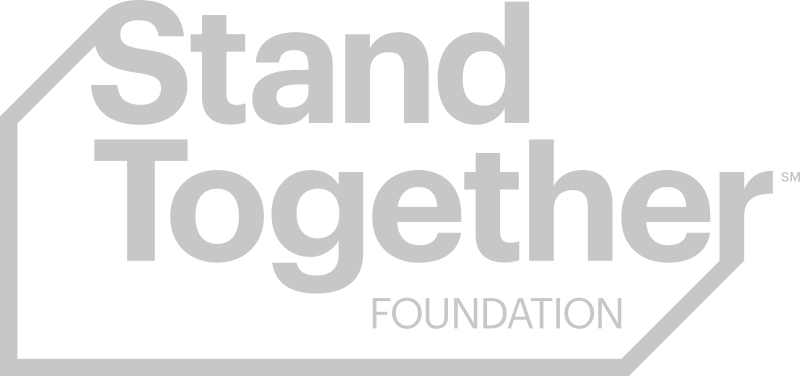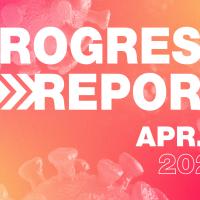Since the early 1900s, the American education system has operated eerily similar to a factory in the Industrial Age, from bells that essentially notify children when to change “shifts,” to top-down management structures.
Just as factory workers are expected to conform to a strict set of expectations, the modern K-12 school system is largely centered around the assumption that every student learns and masters material the exact same way.
But there is a deep flaw in this logic. The U.S. now ranks 22nd on a list of 27 developed countries in terms of high school graduation rates. Every year, over a million students drop out of high school in the country — that’s 7,000 students every day.
This has a dire impact on an individual’s future potential. On average, a high school dropout will earn $200,000 less over the course of a lifetime than an individual who did graduate. Further, they will earn a million dollars less than a college graduate.
It’s clear that the factory-based learning environment is not meeting the needs of today’s students. And even for those who do graduate, does it mean they’ve truly mastered the material, or just that they managed not to fail?
Why Our Education System Is Failing, and How We Can Fix It
Kids are most engaged in their schoolwork during kindergarten. By fifth grade, 26% of students are disengaged, and that percentage increases to 55% by eighth grade. By high school, more than 60% of students have lost the motivation to learn, many feeling stuck in an environment that’s the last place they want to be.
The issues in education can’t be boiled down to one simple problem. First, there’s the A-F grading system that allows students to advance without a true mastery of the material. This system undermines creative learning, rewards cheating, and encourages students to value grades over knowledge.
Then, there’s all of the reasons why standardized testing is bad. There are extremely limiting consequences for a student who scores below-average on exams such as the ACT and SAT — starting with college admissions. It’s also been found that students from wealthier families tend to perform better on these tests.
It’s abundantly clear that the needs of all students aren’t being met in the American education system. The story of Norman Borlaug shows what’s truly at stake when we try to force students with different learning styles, backgrounds, and interests into a single rigid system.
It’s estimated that Borlaug saved a billion lives from starvation by developing new varieties of wheat that were disease-resistant. But as a student, he barely made it into high school and was later rejected by a college after failing the entrance exam. Fortunately, Borlaug didn’t lose determination but chose to continue his education at a junior college.
The takeaway isn’t that smart people always find a way through. It’s the question of: how many world-changers like Norman Borlaug have fallen by the wayside due to an education system that didn’t find them worthy? To take that a step further: how can we be sure that every student has a chance to reach their full potential?
From Dropouts to Geniuses
Todd Rose is another perfect example of how the education system isn’t one-size-fits-all. Rose struggled in school from a young age, performed poorly on standardized tests, and eventually dropped out of high school during his senior year with a 0.9 grade point average.
It was two years after dropping out of high school that Rose continued on his educational journey, receiving his GED and attending night classes at a local college. Today, Rose holds a master’s degree and a doctorate in human development from Harvard. He’s written two books and is the cofounder of Populace — a think tank that advocates for a world where all people have a chance to be thriving members of society.
Rose is also dedicated to ensuring no more students get left behind, by changing our cultural definition of success. He’s shattering ideals and laying the groundwork for an education system that isn’t centered around a mythical “average” student, but instead embraces individuality.
Early in his career, Rose conducted brain imaging studies where a set of participants’ brain scans would be averaged. He began to notice that each individual brain looked nothing like the “average” brain.
Rose concluded, “There is absolutely no such thing as an average student. So we have a big problem, because we have built an entire education system assuming the average kid exists, that kids know the same things and learn the same way at the same age. They don’t. By any measure, this system doesn’t work.”
Rose advocates for a radical mindset shift surrounding how we approach education, guided by three principles. The first is a focus on mastery. He proposes that students have the ability to learn at their own pace and continue until they reach a high level of achievement. This means tossing out the traditional grading scale and working with students until they have a thorough understanding of the material, not just a “passing” grade.
Next, Rose says we need “deep flexibility.” This is the idea that not every student has to do the exact same thing in the exact same way. Learners should be empowered to dive into the topics that matter most to them.
Lastly, Rose calls for an acceptance of divergent outcomes. Success isn’t dependent on just one result — whether that be a standardized test score, a letter grade, or admission into college. Rather, the education system should value creativity and innovation.
“The truth is, human potential is nowhere near as limited as the systems we have put in place assume,” Rose says. “If we can rebuild our education system based on respecting kids’ individuality, we will unleash an incredible amount of human potential.”
Stand Together helps social entrepreneurs supercharge their efforts by connecting them with passionate partners and the resources necessary to make a greater difference.
Through Stand Together’s philanthropic community, they’re tackling some of the nation’s biggest challenges so that every person has the opportunity to realize their full potential.
Learn more about getting support for your business, or become a partner today at StandTogether.org.



